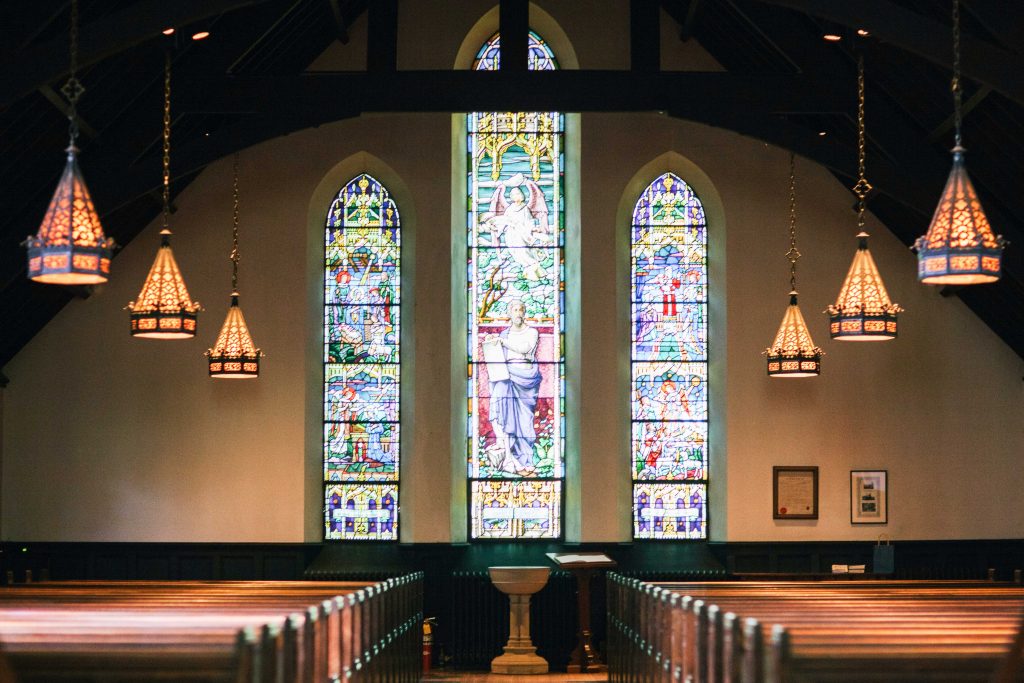The church experience people know today is extremely unlike the experience of years past. While many doctrines and core beliefs in the church have not wavered in centuries, the way in which they are practiced has. In past generations, church was a place you had to attend looking and acting your best, following a set schedule for every service. Today, the welcoming “come as you are” mantra has relaxed churchgoers — and perhaps sent the message that change isn’t important.
This shift might be known as the migration from High Church practice, which emphasizes the importance of liturgical readings, confession, ordinances, etc. to Low Church practice, which does not utilize these.
Six centuries ago, Martin Luther is believed to have been the catalyst for Low Church. He is the clearest example of the migration from strict religious patterns to personal understanding and practice of Scripture. The long-running effect of this impacts everything from church attire to worship preferences.
Churches cater to the shift away from High Church practices, providing a more welcoming and less rigid atmosphere for their attendees. This poses a threat to the honor of the holiness of God. This might seem like an overstatement, but it is impossible to elevate God to a place too high or revered and entirely possible to minimize the necessity for growth in a relationship with him.
Paul David Tripp writes that holiness is separation from everything else. He continues: “God’s holiness is not an aspect of who he is or what he does; no, God’s holiness is the essence of who he is. If you were to ask, ‘How is the holiness of God revealed?’ the only right answer would be, ‘In everything he does.’”
While God is essentially separated from everything, through Christ we can draw near to him (Heb. 4:15). A benefit of “come as you are” culture is that there is no longer some unspoken requirement for churchgoers to wear their best clothes. Any longing person can walk through the doors and find a seat in an inclusive, welcoming church.
Jesus Christ had the same beckons. When he said, “Come to me, all you who labor and are heavy laden, and I will give you rest,” he did not insert a caveat to approaching him dressed a certain way (Matt. 11:28). Anyone can come.
Yet, this culture often mutates into an invitation to “stay as you are.” The welcoming church on Sundays makes little effort to elevate the perspective of God any other day. A softened approach to a core tenet of the gospel has provided millions with the incentive to come into the open arms of Christ without remembering the holes in his hands. To truly embrace and be embraced by the love of God, sin must be acknowledged and dealt with.
Yes, it is the heart of Jesus that we come as we are to church — and he will surely meet us where we are. But his desire is to make us more like himself, more holy. A church that operates on anything less than the truth that complete change is necessary and possible — with Christ is a church forfeiting the gospel.
Approaching the holy God is not a light endeavor. The Savior that is “gentle and lowly in heart” (Matt. 11:29) is also the “Father who judges impartially according to each one’s deeds” (1 Pet. 1:17). After encountering the gentle and lowly Savior, holiness is a standard now achievable. “As he who called you is holy, you also be holy in all your conduct,” Peter writes (1 Pet. 1:15).
As the structure of church services evolves, remember that the goal is deepening one’s relationship with Christ. The holy God extends his welcome, offering the chance to come as you are, but never to stay there.
Bower is an opinion writer. Follow him on Twitter

Victoria Addington
September 12, 2023
It was interesting to know that churches welcome their attendees with a less rigid atmosphere. My friend wants to volunteer in her church. I should advise her to turn to a church service that is aligned with her beliefs.